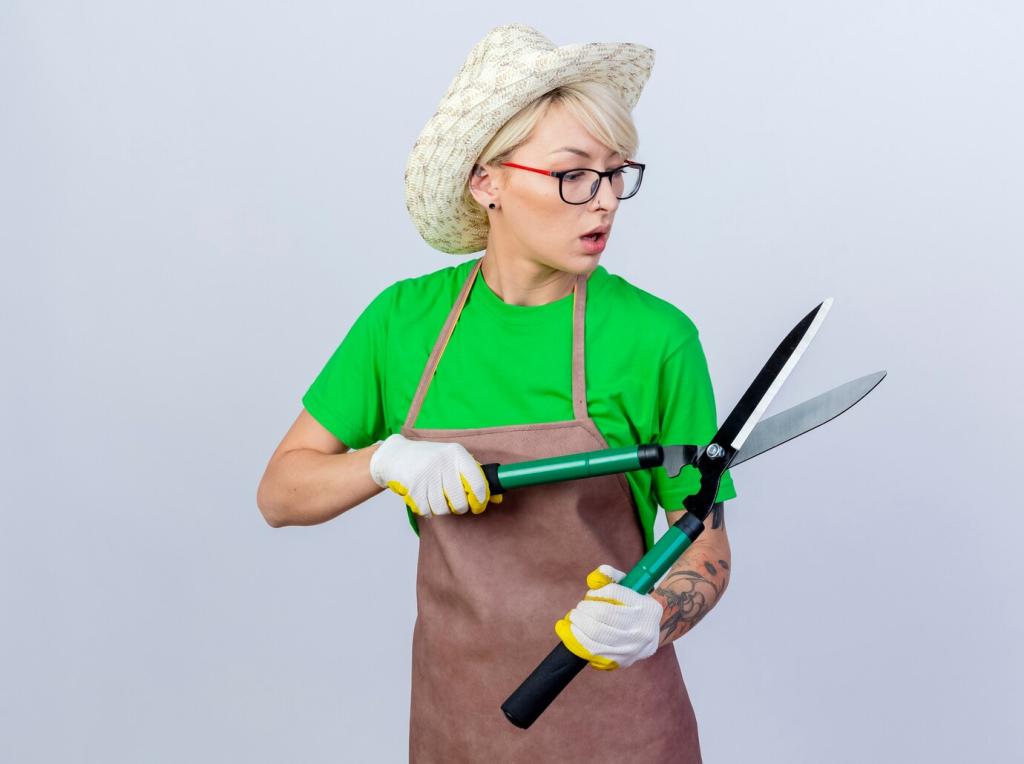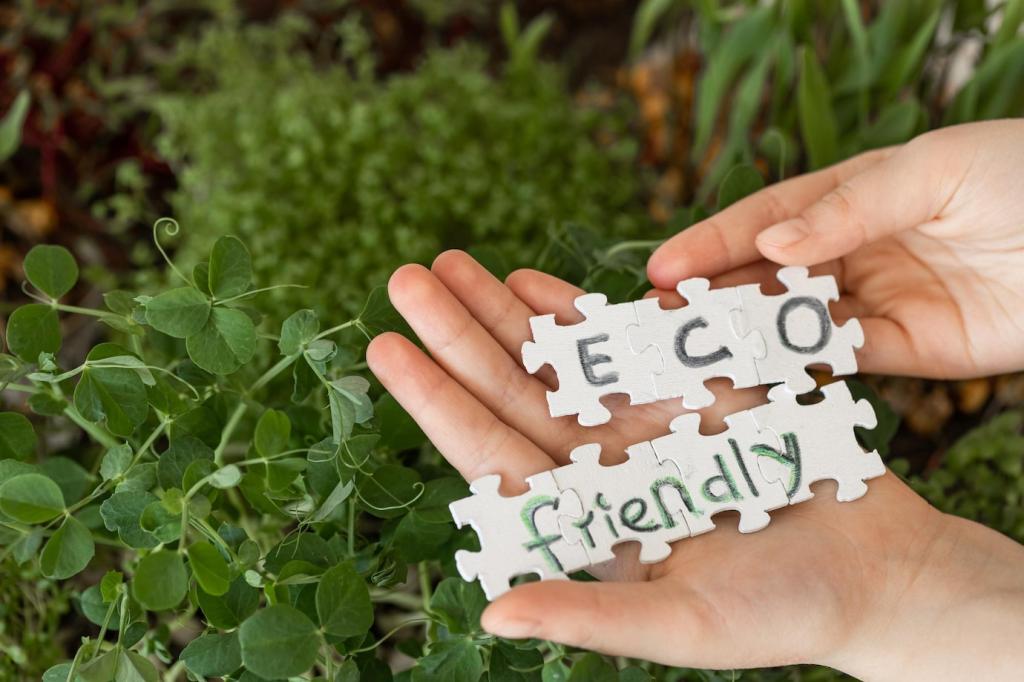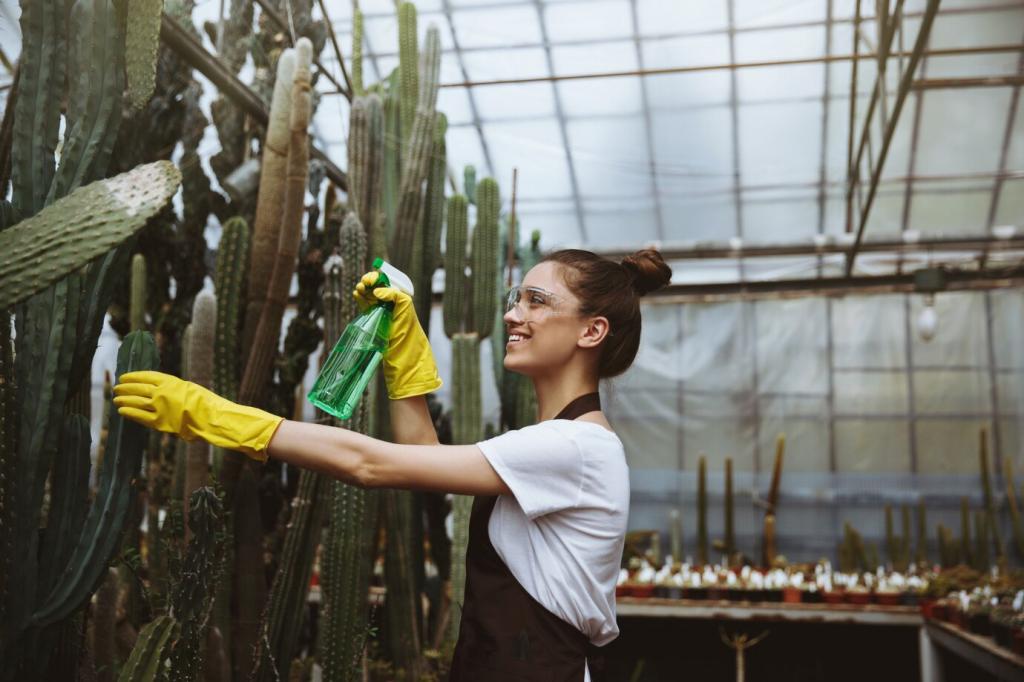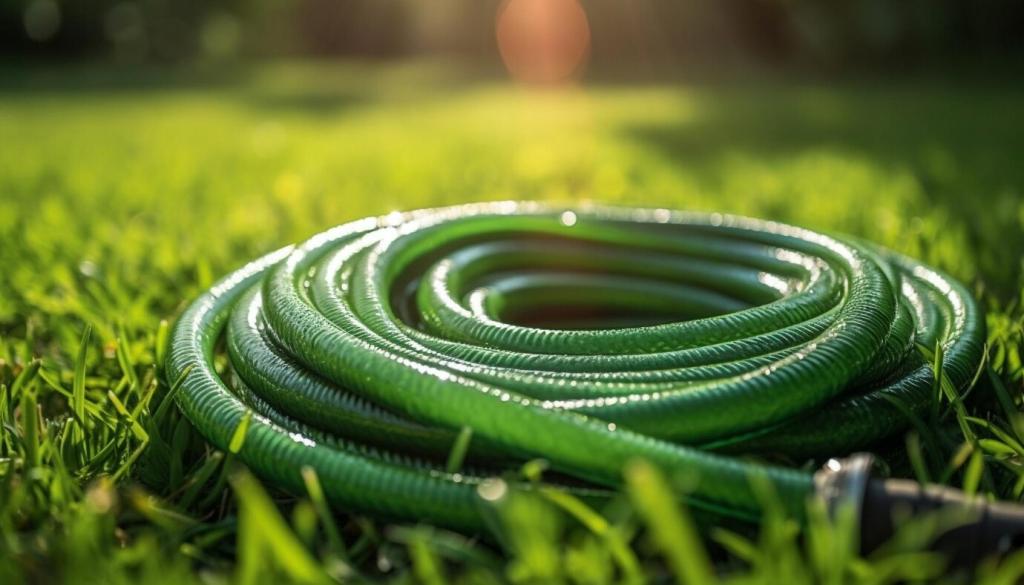
Eco-Friendly Wood Polish: Gentle Shine, Greener Home
Chosen theme: Eco-Friendly Wood Polish. Welcome to a warm, breathable approach to wood care where natural oils, plant waxes, and low-VOC ingredients bring out grain and character—without harsh fumes. Explore techniques, recipes, and stories that invite you to polish with purpose and pride.
What Eco-Friendly Wood Polish Really Means
Eco-friendly wood polish avoids high-VOC solvents, minimizes petrochemicals, and relies on renewable, biodegradable ingredients. It respects indoor air quality and long-term health, especially for homes with kids or pets. If you’re new to green finishes, follow along and tell us your priorities for safer, calmer living spaces.
What Eco-Friendly Wood Polish Really Means
Seek beeswax or plant waxes like carnauba and candelilla, nourishing oils such as tung, linseed, or jojoba, and citrus-based solvents with low VOCs. Skip microcrystalline waxes and strong petroleum thinners. Share photos of products you’re considering, and we’ll help you decode their ingredient lists.


Preparation and Application for a Lasting, Natural Shine
Clean and assess the wood first
Dust thoroughly using a soft, lint-free cloth, then spot-clean sticky areas with a diluted, plant-based soap. Inspect for water rings, dull patches, or raised grain. Lightly sand with fine grit if necessary. Comment below if you’re unsure about sanding—describe your piece and we’ll guide you.
Apply with the grain, using less than you think
Warm a dab of polish between your fingers or on a cloth, then massage it along the grain in thin, even passes. Less truly is more; heavy layers can haze. Work in small sections to stay focused. Tag us with your progress shots and application questions.
Buff patiently and let it settle
After a few minutes, buff with a clean cotton cloth until the surface feels silky and the sheen looks natural, not greasy. Allow time for absorption and gentle curing. Join our newsletter for a printable timing chart that prevents over-buffing and streaks.



Tried-and-True Natural Polish Recipes
Melt one part beeswax with three parts jojoba oil in a double boiler, stirring gently until fully combined. Pour into a clean tin and cool. This balm nourishes dry wood and buffs to a soft glow. Ask in the comments for scaling tips or scenting ideas with essential oils.
Tried-and-True Natural Polish Recipes
Combine one part candelilla wax, one part carnauba, and four parts jojoba for a firm, glossy balm. These plant waxes add durability without animal by-products. Warm gently, mix thoroughly, and pour carefully. Share your results, especially on dense woods like maple or teak.


Stories from Real Homes, Real Wood
A reader shared how a low-VOC beeswax polish brought back her grandmother’s oak table without the headache-inducing fumes of past products. The first dinner afterward tasted sweeter, she swears, because the room smelled of warm wood and honey. Tell us about your own revived treasure.
Stories from Real Homes, Real Wood
Volunteers used plant-based polish on worn shelves, and students noticed the difference: less chemical smell, more focus. The light bounced softly off restored spines, and the reading nook felt newly inviting. Post your before-and-after photos; we love highlighting community projects that choose greener finishes.

Care, Maintenance, and Troubleshooting
Dust weekly, polish lightly every one to three months, and deep-treat seasonally for drier climates. Track results in a simple checklist. Subscribe for our printable care planner and share your regional climate challenges so we can suggest frequency tweaks that match your environment.
Care, Maintenance, and Troubleshooting
Try a soft cloth and a tiny amount of eco polish first. For white water rings, place a cotton cloth over the area and briefly apply warm iron passes, then re-wax. Always test in an inconspicuous spot. Ask us for tailored advice with photos of your tricky blemishes.


Sustainability Beyond the Jar
Choose glass or metal tins, buy larger sizes to reduce waste, and seek local refill options. Clean and repurpose empty jars for screws, seeds, or pigments. Tell us which stores near you support refills, and we’ll build a community map for responsible restocking.
Sustainability Beyond the Jar
Look for beeswax from responsible apiaries, palm-oil–free blends, and suppliers transparent about origin and processing. EU REACH compliance and clear VOC disclosures inspire trust. Share brands you’ve vetted; we maintain a living list of ethically sourced polishes and ingredients for subscribers.
